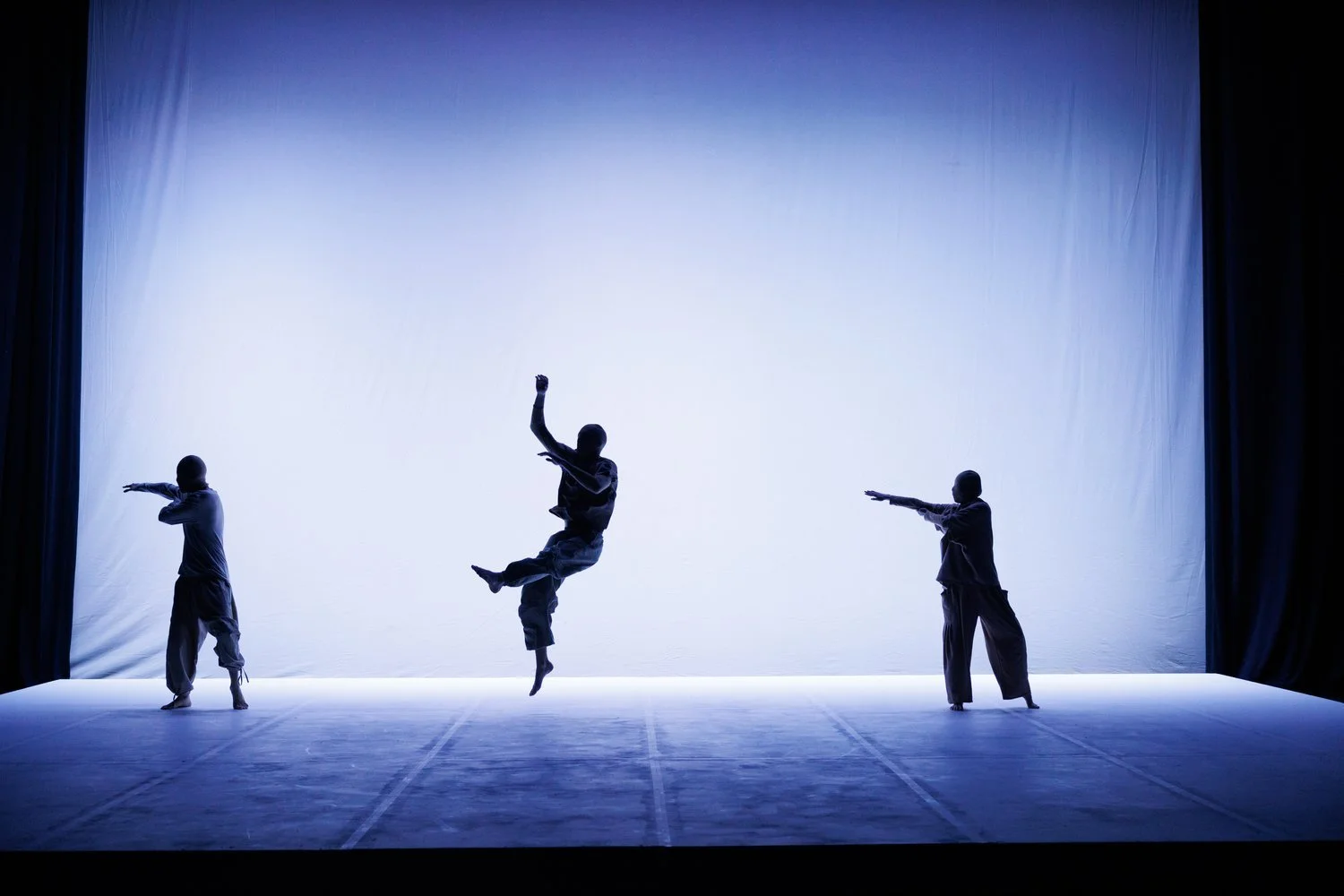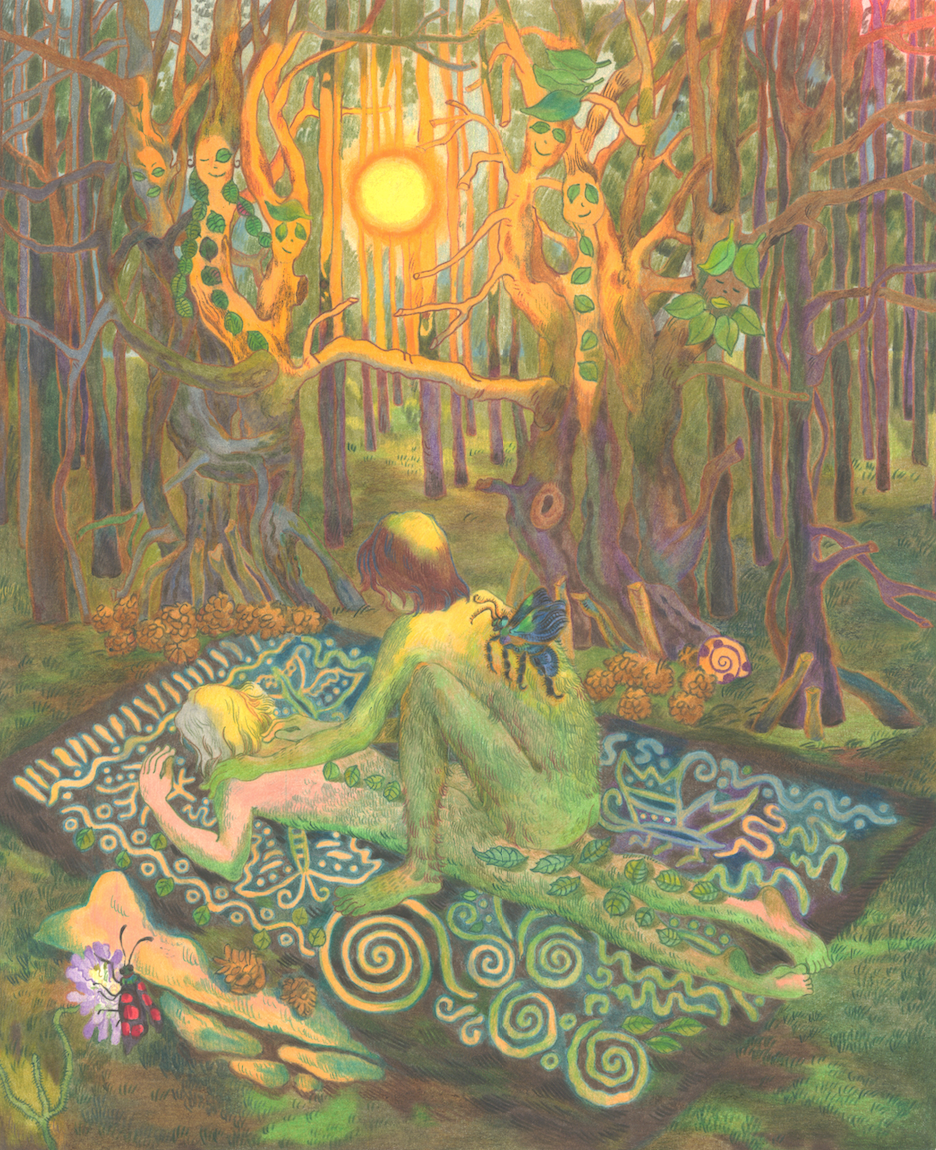INTERVIEW | Hanna Tzong-Han Wu
10 Questions with Hanna Tzong-Han Wu
Hanna Tzong-Han Wu is a Taiwanese choreographer and dancer based in Los Angeles, California. Raised in Taichung City, Taiwan, Hanna started her career as a hip-hop dancer. Having the Eastern cultural background and the 80’s-00’s hip hop technique training, as well as Western contemporary techniques, Tai Chi, and the Hollywood industry street dance training later on in LA, Hanna was drawn to the infinite possibility of genre & cultural fusions when it comes to dancing and all art-making. The dance language that lies between Western contemporary, hip-hop, and martial arts punctuates her signature style. Hanna is most interested in creating works that reflect on humans and humanity. She believes that arts are the reflection of society and aims to continue expanding her vision and lenses on the intertwinement between arts, culture, society, humans, and self.
Hanna Wu presented her work at Jacob’s Pillow Dance Festival in Massachusetts, the University of Wisconsin-Madison in Wisconsin, RedCat Theater, MOCA, Center of the Arts at Marsee Auditorium, Sharon Disney Lund Theater, Irvine Claire Trevor Theater, and more in California. Over the years, working as a dancer, Hanna has worked with Dimitri Chamblas, Sidra Bell Dance New York, Rosie Herrera, Rosanna Gamson | World Wide, Danielle Agami, Genevive Carson, John Pennington, and more; she has performed in MOCA, RedCat Theater, Brockus Project Studio, Center of the Arts at Marsee Auditorium, in dance film festivals in Sydney and Istanbul, and many more in Taiwan. During the pandemic, Hanna began making films. Wu’s film Before the Sentence: The Film was selected as the finalist film at the Inspired Dance Film Festival in Sydney, Australia & semi-finalist film at DANCE CAMERA PANDEMANIA/ DANCE CAMERA ISTANBUL in Turkey. Her other film, titled 1, was invited by curator Madeline Falcone to be presented at RedCat CalArts GALA 2022.
Hanna holds her Bachelor of Fine Arts degree in dance, and a Master of Fine Arts degree in Choreography both from California Institute of the Arts.
Hanna Tzong-Han Wu - Portrait
ARTIST STATEMENT
Multicultural in creative lenses, multi-disciplinary in effort, and multilingual in movement, Hanna Tzong-Han Wu has three languages in her movements and presents three cultural influences speaking simultaneously within her creation: Mandarin, Taiwanese, and English; Wu crossovers with neighboring fields such as poetry, technology, and film to deliver messages of universal matters; she utilizes the versatility in dance genre having constant conversations with each other in my movement invention: street dance & classical training. Hanna looks for opportunities to connect to the world and the people in it: tell stories and be an agent of encountering differences, contributing access to new experiences, and exchanging subjectivities with people through the connection of dance.
INTERVIEW
First, let's discuss your background. Who are you, and how did you first become interested in dance and choreography?
I'm Hanna Tzong-Han Wu, a Taiwanese dancer and choreographer based in LA. I grew up in Taichung, Taiwan, and moved to LA when I was 17. I love art and creating art. My parents sent me to a children's dance studio in Taichung when I was 4. I discovered my potential in dance and realized the unmeasurable amount of joy and sense of accomplishment I could get out of dance. I continued dancing and never stopped ever since. When I moved to California for college, under the guidance of Liz Hoefner Adamis, my mentor at El Camino College, I started to study choreography and create my own movement sequences, in addition to dancing, and fell in love with the creative field. I then transferred to CalArts, got my BFA degree in Dance, and earned my MFA degree in Choreography just recently.
Why did you choose dance specifically as your primary medium? What does it represent for you?
Art is impactful. Movements without words are incredibly powerful. I find dance and choreography acting as mediums for me to express and communicate in a way words never could with people you know and don't know. When it comes to speaking within movements, one of the greatest things for me is that, through bodies, I feel the internal emotions and sensations being externalized and physicalized, hence amplifying the impact and the sensations our human bodies feel. What's more valuable from doing movement art is that I get to communicate and exchange with strangers I have never come across, impacting each other in a way I'd never know. I think that's absolutely beautiful. And I truly believe what I do makes a difference.
GHOSTS IN YOU, Performance, 2024 © Hanna Tzong-Han Wu
GHOSTS IN YOU, Performance, 2024 © Hanna Tzong-Han Wu
GHOSTS IN YOU, Performance, 2024 © Hanna Tzong-Han Wu
You mix both Eastern and Western influences in your practice. How do these different realms inform and influence your practice?
I find groundedness, rootedness, pattern, discipline and stability in my eastern influence; I find freedom and infinity in my western dance practice influence. That has been an interesting contrast (or sometimes conflict) in my body. I find it fascinating. I stay curious about it as I figure it out. And I believe that without conflict there's no spark. I utilize conflict in its rawest form, stay open-minded, and look forward to what it could bring me next in my future works.
Your statement defines your practice as "Multicultural in creative lenses, multidisciplinary in effort, and multilingual in movement." Can you explain what you mean and how these concepts are reflected in your work?
Multicultural in creative lenses. Growing up heavily influenced by two very different cultures has changed the way I look at everything. I've learned how to look at things from multiple perspectives and jump out of a certain mindset as needed. Knowing that one's background could make a completely different read out of the same essence made me doubt the definition of many things– what's right and wrong? What's good and bad? And who defines it? The question goes on. I find these questions exist in my pieces, and they continue to broaden my vision and lens in my creative process.
Multidisciplinary in effort. For example, I recently did a crossover piece with dance, film, poetry, and motion-sensing technology. Art is powerful and has infinite possibilities. There should be no restrictions on how a 'dance work' should be presented. When one vision speaks that has collaboration and multidisciplinary efforts involved, I go for it. I trust my instinct and vision; then, I figure out the reasons why when one vision requires crossovers. There are different reasons for different projects, but I'd say that if it serves the work and it's for the better, I make an effort.
Multilingual in movement. Language is a beautiful existence. The shapes, intonations, and compositions of words are so beautifully different in each language. I found these elements I mentioned above benefitting my movement invention process, and I have been creating this unique flow and colors in my works by implementing the language idea, which I think present who I am very well as well.
GHOSTS IN YOU, Performance, 2024 © Hanna Tzong-Han Wu
Ultimately, what messages do you want to convey with your work?
The world can be so broken at times, but dance and art will always be here to reflect and help mend in its most unique and personal ways possible.
Dance is a universal language that only needs a little translation to be appreciated by people from different backgrounds. How is your work received by different publics? And what are the most common responses you receive?
My impression on how my works are generally received is that they are 'universal' and 'relatable', as audiences often receive the messages I intend to deliver in my works and echo the thoughts back with very interesting twists of personal interpretations. And 'original' might be the most common word I've gotten so far.
However, as an artist, during the creative process, I don't worry too much about public responses. I focus on my part. I focus on creating the work I want to create.
You have already presented your work at several international festivals and theaters. What is one thing you have learned from all these different experiences?
Just be yourself. Speak your truth. Don't try to please. Everyone has such different values and opinions due to various reasons. You're never going to please everyone with your work. Learn a little something that applies to your practice from each experience, bring it with you, keep learning, keep being yourself, and move on.
Prosecutor on that Finger, Performance, 2019 © Hanna Tzong-Han Wu
Prosecutor on that Finger, Performance, 2019 © Hanna Tzong-Han Wu
Looking ahead, is there anything else you would like to experiment with?
I'm interested in exploring the intertwinement between 'commercial' and 'experimental art'. I'm not sure what that would be like yet. But when vision arises, I'll know.
What are you working on now? Do you have any upcoming projects you would like to tell us about?
I just finished the first presentation of my thesis work 'GHOSTS IN YOU' earlier this year, and am planning on refining the quality and expanding the project to a bigger scale. And I'd be excited to see it being performed to different audience groups, in different environments, under different contexts, hopefully very soon.
Lastly, where do you see yourself and your work in five years from now?
I see myself continuing to perform, create, and make contributions in different ways in theaters, educational settings, and commercial worlds. I see my work becoming more mature, fearless, adventurous, and purposeful.
Artist’s Talk
Al-Tiba9 Interviews is a promotional platform for artists to articulate their vision and engage them with our diverse readership through a published art dialogue. The artists are interviewed by Mohamed Benhadj, the founder & curator of Al-Tiba9, to highlight their artistic careers and introduce them to the international contemporary art scene across our vast network of museums, galleries, art professionals, art dealers, collectors, and art lovers across the globe.






















